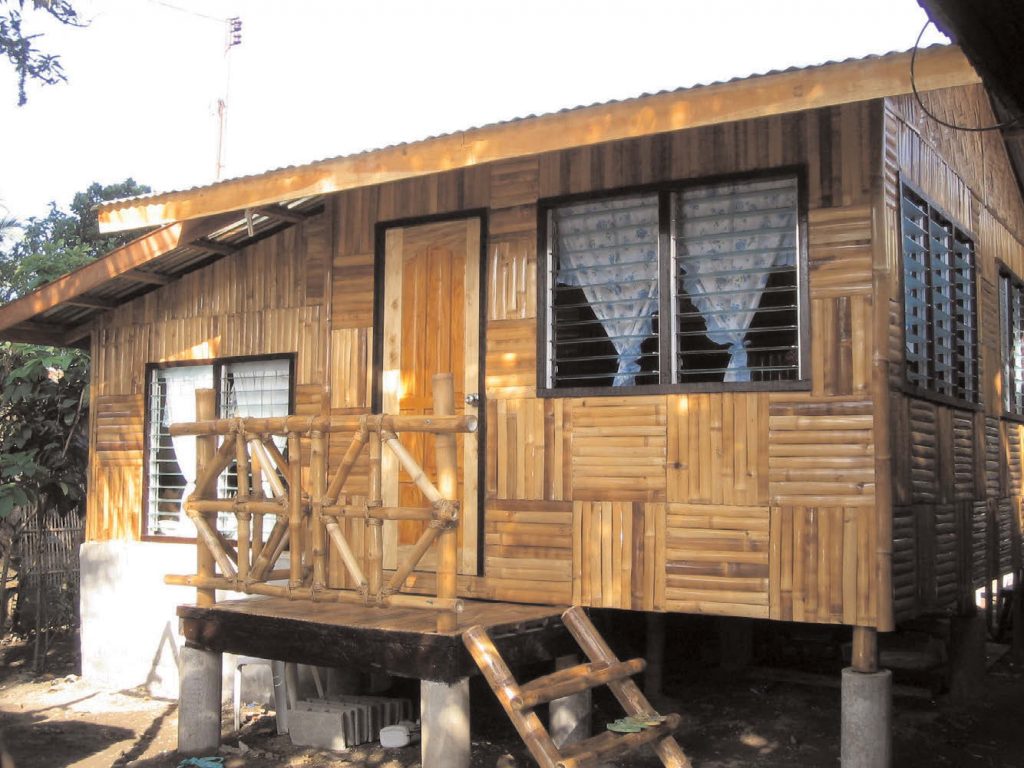KATHMANDU (TIP): In an effort to address Nepal‘s post-earthquake housing crisis, a new initiative is underway to harness the Himalayan country’s abundant bamboo resource to rebuild its devastated communities and promote sustainable livelihoods.
On April 25, 2015, a massive earthquake left around 1,500 people dead and over 300,000 Nepalese homeless. Over 730,000 structures affected by the quake are now in need of upgrading, an official said.
The initiative is funded by the Common Fund for Commodities (CFC) and implemented by the International Network for Bamboo and Rattan (INBAR) in partnership with the Nepal government, the International Centre for Integrated Mountain Development (ICIMOD), and ABARI, a research and design firm that promotes the use of natural material in contemporary design practices.
The current CFC project will build 150 homes and 10 transitional schools by May 2016.
The project has got government validation, including approval for the bamboo-based school design.
“Building schools with bamboo is both climate-smart and economically viable. This bamboo-based school design promotes the use of local materials, integrates traditional values and can help strengthen the local economy,” said Madhav Karki of ABARI.
The sustainable use of Nepal’s bamboo forests spread over 63,000 hectares will help generate local employment, reduce vulnerability to future quakes as bamboo has higher tensile strength than steel and greater compressive strength than concrete, remove the need for imports as construction material will be sourced locally, and protect foreign currency reserves.
A national workshop on ‘Bamboo for Sustainable Post-Disaster Reconstruction in Nepal’ was held in Kathmandu on Tuesday, which emphasised the importance of bamboo in reconstruction efforts to stakeholders ranging from ministers and government officials to industry experts and representatives of non-governmental organisations and civil society.
During the workshop, participants highlighted various post-disaster programmes currently undertaken in Nepal and discussed potential opportunities to scale up and incorporate CFC project models into larger post-disaster reconstruction programmes.
“The sustainable use of bamboo in reconstruction efforts can help Nepal build back better,” said Basanta Shrestha, director of strategic cooperation at the ICIMOD.
He also highlighted the Centre’s ongoing support to earthquake recovery and reconstruction through the development of an integrated information platform, support to hazard mapping and assessments, development of a framework for resilient livelihoods in quake-affected areas, and setting up a ‘smart mountain community’ model village.
(IANS)
